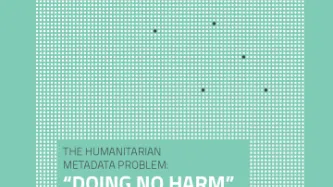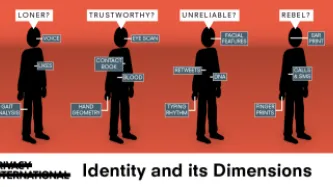Development and humanitarian actors have a mandate to provide assistance and protect people in some of the world's most challenging political, social, economic, and technological environments. Over the past decade, they have been experiencing changes to their relationships with their beneficiaries and affected populations as well as their contexts of engagement including the pressure to be efficient and demands to be accountable, the need to gain and sustain access and proximity to beneficiaries and affected populations, and the urgency and immediacy of the response required, amongst others.
This means mean that they have had to re-think how they continue to effectively deliver their mandates as well as how they design and implement their modes of operations. These new modes of operations, and the new relationships they entail are increasingly mediated, enabled, enhanced, and limited by technologies. This all results in a significantly different set of risks, which currently many humanitarian actors are not prepared for, and must be addressed urgently.
There is no question that advancements in technology, communications and data-intensive systems have significantly changed the way development programmes are delivered and humanitarian assistance can be provided to ensure more people can benefit, more rapidly and more effectively. We are seeing the deployment of mass biometric systems for the registry of beneficiaries and the management of their access to aid, new technologies are being deployed for the delivery of aid programmes including automated decision-making and blockchain, and all of this within a general dominant discourse favouring the need for more data to better assist and respond to needs of beneficiaries.
In this complex interplay of assessing the benefits and the challenges, it is necessary and urgent to understand how technology is modifying the protection of those assisted, and ultimately how this impact the ability of development and humanitarian organisations to undertake their mandate in an ever-challenging environment whilst abiding by the principle of “do not harm”.






